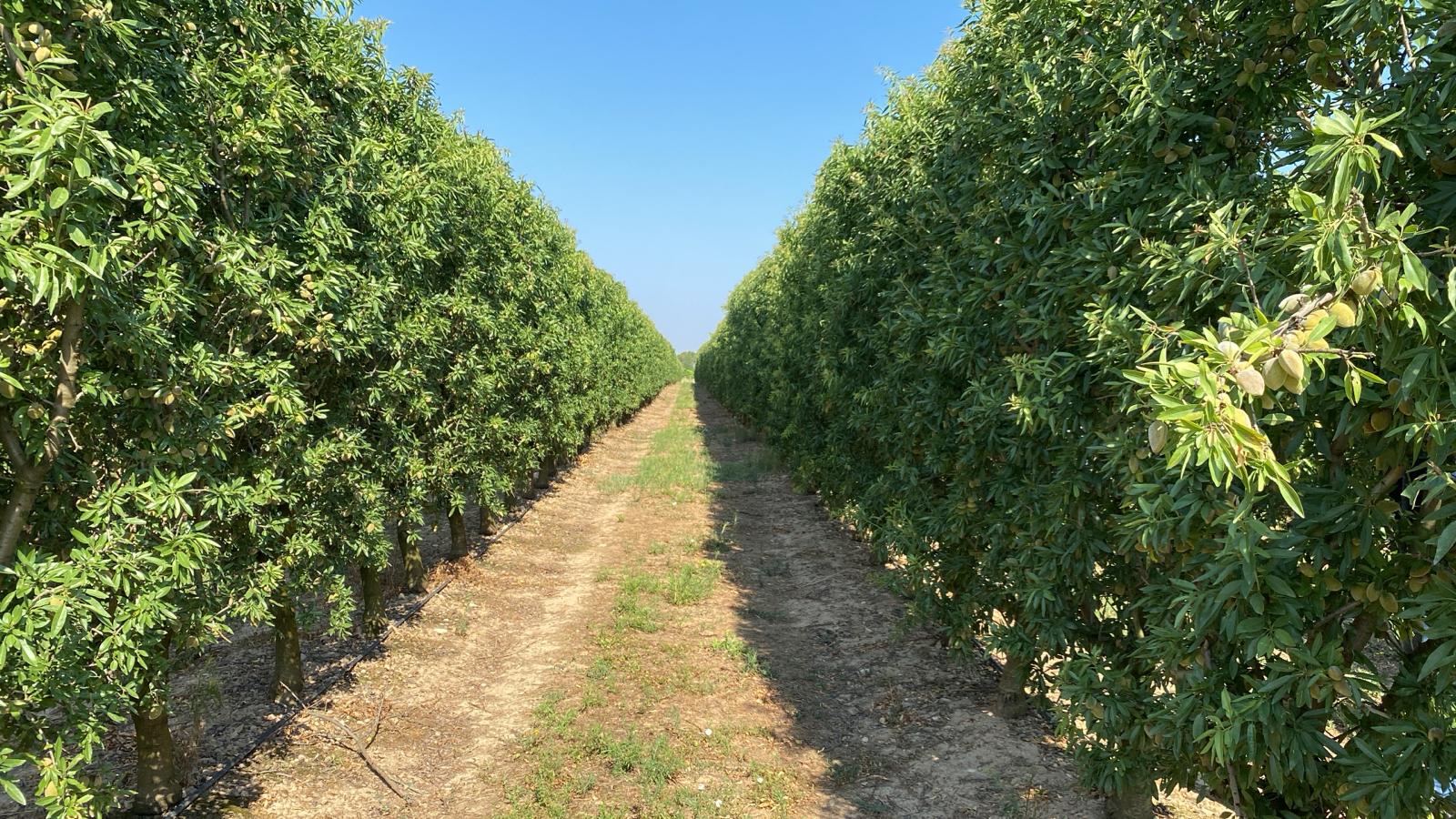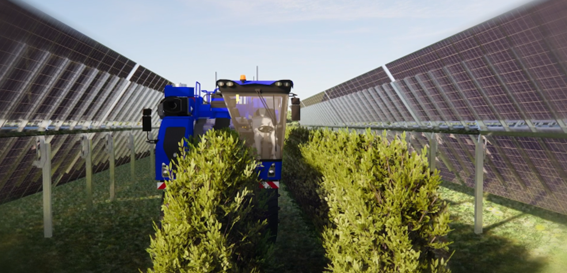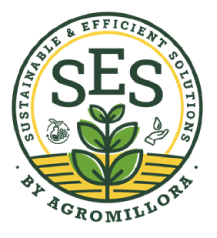Technologies for Executing Variable‑Rate Phytosanitary Treatments in Woody Crops
The optimization of agricultural production—and the major environmental challenges it faces—demands innovative solutions.
Tree‑by‑Tree Spray Adaptation and Variable‑Rate Application Maps
High‑precision treatments are already feasible thanks to technologies such as Pulverizadores Fede’s AIs system—a comprehensive agronomic solution for specialty crops that relies on image capture and AI processing.
The AIs system consists of 3‑D cameras and a powerful processing unit mounted on the tractor. This computer‑vision setup “sees” the crop canopy and phenological stage, capturing highly detailed images and processing them in real time as the tractor moves across the field.
When paired with H3O spraying technology, the system enables truly precise applications. The Smartomizer H3O, linked to AIs, opens and closes each nozzle individually while maintaining constant pressure, achieving uniform distribution and deposition. These nozzle‑by‑nozzle adjustments tailor spraying to the phenological needs of every tree and each of its zones.
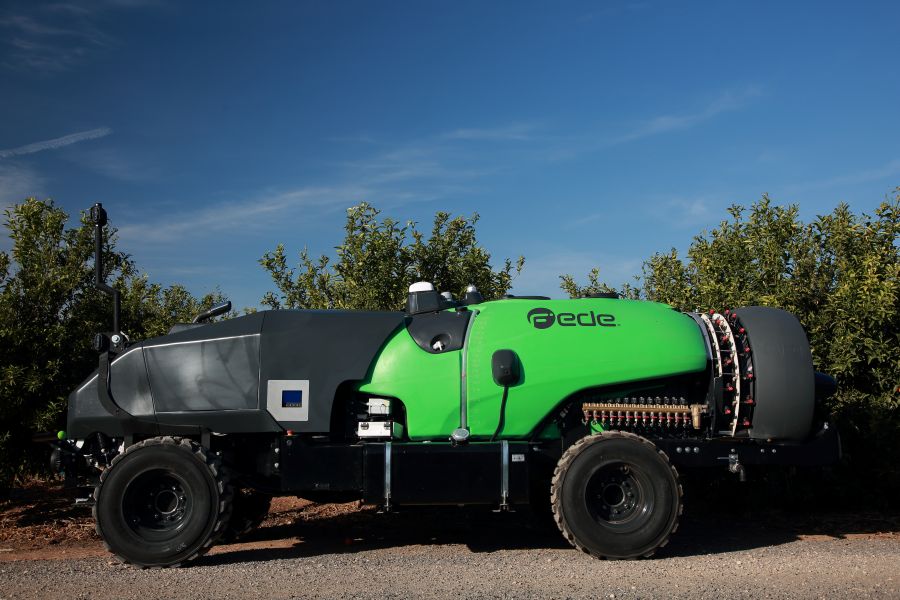
As a result, AIs can match spray output to crop dimensions on the fly, maintaining effective pest and disease control while significantly cutting plant‑protection product use. Trials with AIs and a Smartomizer H3O in almond and citrus orchards showed pesticide reductions of up to 36 % compared with a manually calibrated conventional sprayer (Berger et al., 2024).
Ongoing treatments are monitored via Fede’s Specialty Crops Platform (SCP), which sends alerts if any issue arises. Once a job is finished, all data are logged, providing full traceability and the information required for a digital field notebook.
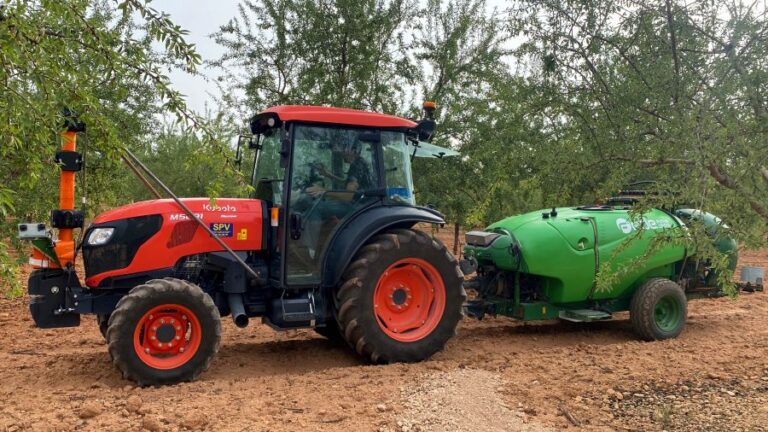
Because AIs is an open system, third‑party agronomic services can connect to it. Visual data on the SCP allow early‑warning systems to diagnose pests or diseases quickly and issue recommendations. Decision‑support tools turn these data—along with other indicators—into maps that AIs can read and execute (Berger et al., 2022), combining tree‑by‑tree application with centimeter‑accurate variable‑rate application (VRA).
Regular image processing yields valuable insights into crop size, condition, and critical indicators, so service providers—farm‑management platforms, irrigation, fertilization, early pest/disease detection, yield prediction, and more—can all work seamlessly from the single SCP interface.
This technology has gained backing from the European Union’s prestigious LIFE environmental program. The LIFE‑AIs project teams Fede (project leader) and Agerpix with major producers Castillo de Canena (olive), Agroptimum (pistachio), and Dominio Fournier D.O. Ribera de Duero (vineyard) of the González Byass Family of Wine, whose plantations are serving as test sites.
Autonomous Precision Spraying
Autonomous spraying equipment underpins a new work model that will significantly increase productivity and efficiency in plantation spraying tasks for specialty crops. In this regard, autonomy enables night‑time operations in plantations, enhancing treatment efficacy where specific temperature conditions and the absence of sunlight are required.
From a sustainability standpoint, autonomous sprayers reduce soil compaction—a serious issue facing agriculture—because they travel on four wheels and exert less ground pressure due to their lower weight.
Furthermore, spraying robots present a solution to the labor shortage in agriculture, encouraging generational renewal and the development of qualified agricultural professionals. They will also improve occupational safety by eliminating accident risks and dramatically reducing worker exposure to pesticides.
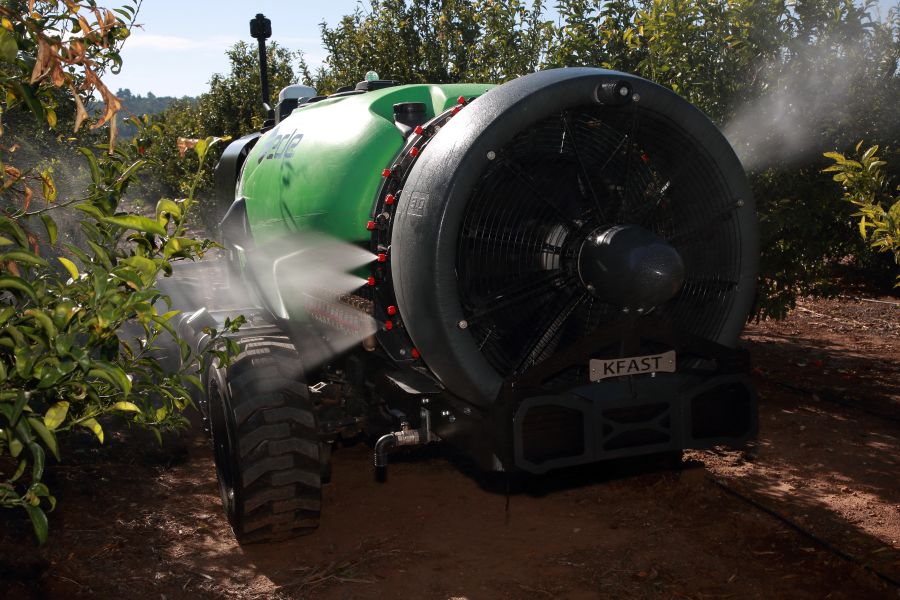
A standout in this new technology category is KFAST (Kubota Fede Autonomous Spraying Technology), the European autonomous sprayer. The KFAST concept—currently under development—received the Technical Innovation Award at FIMA 2024 for combining robotics with AI, distinguishing itself as an autonomous sprayer for specialty crops designed to meet EU regulations and standards.
This spraying robot applies phytosanitary treatments autonomously and also offers a remote‑control function. KFAST currently has a capacity of 2,000 L and can be equipped with various air units to suit the needs of different woody crops. The unit moves nimbly, executes precise 180° turns in tight spaces, and positions itself correctly in the narrowest plantation rows thanks to its design and newly developed 4×4 traction.
KFAST incorporates the AIs system, delivering the same real‑time, image‑based high‑precision spraying and variable‑rate mapping functionalities. It also sends alerts if any parameter is out of range, including detection of an empty spray tank or fuel tank, upon which it autonomously returns to the filling station.

With the contribution of the LIFE Programme of the European Union, the EU’s funding instrument for the environment and climate action, under grant agreement Project 101074540 — LIFE21‑ENV‑ES‑Life‑AIs.
Views and opinions expressed are solely those of the author(s) and do not necessarily reflect those of the European Union or the European Climate, Infrastructure and Environment Executive Agency (CINEA). Neither the European Union nor the granting authority can be held responsible for them.
Bibliografía
Berger, L. T., Perales, P., Alarcón, J. 2024. Real time variable rate spraying based on 3D visual inputs. Aspects of Applied Biology 148, International Advances in Pesticide Application, pp.81-88, which has been published in final form at https://www.aab.org.uk/aspects-of-applied-biology/, © 2024 The Association of Applied Biologists.
Berger, L.T., Polder, G., Tsiroppoulos, Z., Gil, E., Blok, P.M., Ortega, P., Voskakis, M. Zone-Selective Plant Protection based on AI Pest Early Detection, Aspects of Applied Biology – International Advances in Pesticide Application, no. 147, January 2022.




